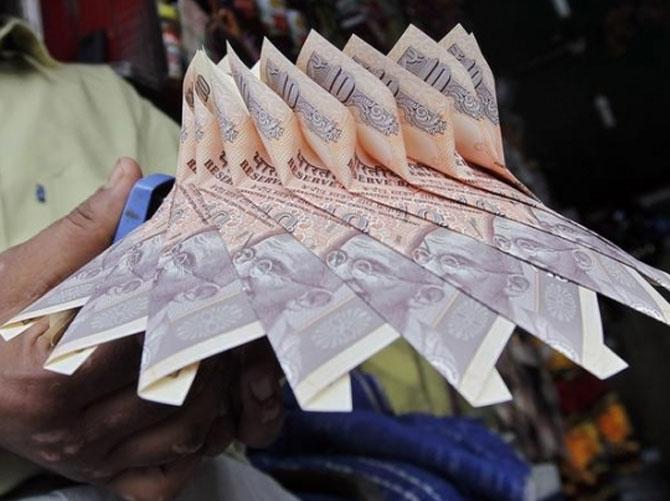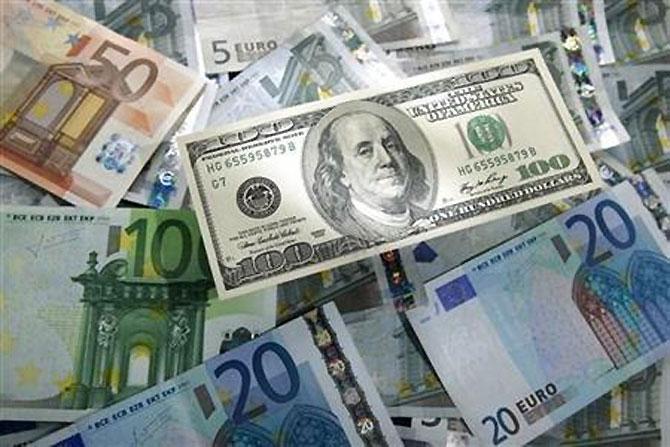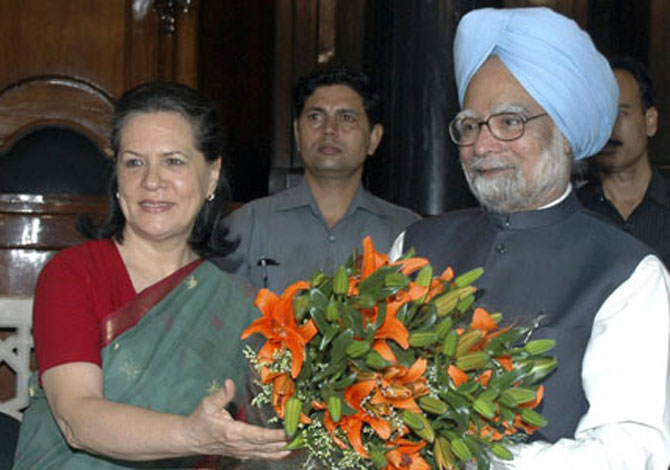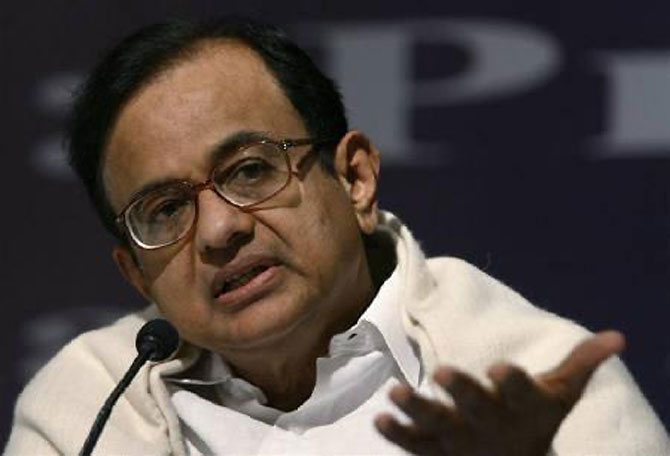 | « Back to article | Print this article |
Why we should let the rupee sink
Abandoning the defence of the rupee will allow India to shift focus to boosting exports with tax cuts.
India’s failing defence of the rupee is doing more harm than good. It’s time New Delhi left the plunging currency to market forces and shifted its focus to boosting exports and investment.
A country that decides to defend its exchange rate has only two options: impose capital controls or surrender independence over monetary policy. The Indian authorities have tried a bit of both. They have put restrictions on resident individuals and companies looking to invest overseas and in gold.
The central bank has also raised short-term interest rates, thereby giving up its ability to use monetary policy to lift GDP growth from its 10-year low.
Capital controls on residents make matters worse because foreigners fear they might be next in line. Their rational response is to rush for the exit before the gates close. Indian stocks plunged 5.7 per cent in two days after the country made it harder for residents to take their money out.
The higher interest rates engineered by the central bank since mid-July have also backfired. With the rupee in free fall, global investors are unlikely to be lured by 10-year government bonds, even though their 9.3 per cent yield is far more attractive than the 2.9 per cent return on comparable US Treasuries.
Investors will bite only if they can get a positive return after hedging the currency risk. But strong demand for protection against a rupee collapse means hedging costs are too high for that.
Click on NEXT for more...
Why we should let the rupee sink
Meanwhile, higher interest rates are hurting banks that are increasingly reliant on short-term money market funding. Rolling over their Rs 3.6 lakh crore ($58 billion) in market debt, at interest rates that are now three percentage points higher, is bound to squeeze lenders’ earnings that are already shrinking as loan losses mount.
Rising yields on government debt will also force banks to write down the value of their bond portfolios. The longer local interest rates remain high, the greater the risk that the currency crisis turns into a banking fiasco.
A better strategy would be to just accept the 15 per cent slide in the rupee since early May. India is getting punished because it has an external funding gap when the US Federal Reserve is getting ready to reduce the glut of excess dollars. The Brazilian real, the South African rand and the Indonesian rupiah are also under pressure, and for much the same reason.
So how large will India’s external funding gap be if investors take flight? Even a reduced current account deficit of about 3.5 per cent of GDP will require $70 billion in financing this fiscal year.
To that, add the $172 billion in foreign borrowings by India’s government, companies and banks that need to be repaid or refinanced by March 2013. If all this – plus some inevitable capital outflows – is to be financed out of India’s existing $279 billion in official foreign exchange reserves, the kitty will soon be depleted.
Click on NEXT for more...
Why we should let the rupee sink
With elections near, the ruling Congress party can’t afford the humiliation of asking the International Monetary Fund for a bailout. It may, however, still be possible to tap India’s diaspora.
The monetary authority recently allowed Indian banks to pay an extra percentage point to non-resident Indians on dollar deposits of three to five years. That might help lure back the $1.4 billion of foreign currency deposits that have left the banking system since July 2011.
But mobilising at least the $11 billion that overseas investors have pulled out of Indian equities and bonds since June will require much higher rates than banks are ready to pay.
Allowing the market to dictate the exchange rate might drive the rupee down to 70 to the dollar – from almost 64 today – and even beyond. Some hedge funds are buying options that will only pay out if the Indian currency sinks to 100 to the dollar in the next year, Reuters reported on August 16.
The biggest drawback of this approach would be the impact a collapsing rupee might have on already-strained corporate finances. Between 40 per cent and 70 per cent of the loans taken out by the country’s 10 most highly leveraged business groups are in foreign currency, according to Credit Suisse, and the increase in these liabilities because of currency weakness since April is already equivalent to 35 per cent to 153 per cent of last year’s earnings. These strains will make it harder to refinance Indian companies’ $21 billion in overseas debt falling due this year.
However, companies that get into trouble can always sell assets, or restructure their debt. If the entire local banking system begins to creak as a result of higher domestic interest rates, then it will be difficult to salvage the situation. The government, which controls many of India’s largest lenders, doesn’t have the cash to recapitalise them.
Click on NEXT for more...
Why we should let the rupee sink
Choosing not to defend the currency will at least give New Delhi a chance to shift its focus to policies that encourage exports and investment. After all, if exports don’t respond to a more competitively priced currency, the balance-of-payment vulnerabilities won’t go away.
One idea could be to pare back India’s minimum alternate tax, which Finance Minister Palaniappan Chidambaram imposed back in 1997, ending the zero-tax regime that Indian exporters used to enjoy. A reduction in the 20 per cent levy on book profits would encourage exporters to take greater advantage of the cheap currency.
The government’s rickety finances don’t allow it the luxury of sacrificing revenues, so any fiscal handout to exporters would have to be financed by increased consumption taxes and lower public spending. Overall, fiscal policy should squeeze demand from the economy, so that inflation can ease from near-double-digit levels.
That, in turn, would create room for the central bank to reverse its tight-money policy.
A strategy that reduces the share of consumption, government spending and imports in the economy and increases the share of investment and exports will involve short-term pain. But it would also put the economy back on a sustainable growth path, which in India’s case means lowering the chronic current account deficit. The other options on the table just won’t do that.
Andy Mukherjee is the Asia economics columnist at Reuters Breakingviews in Singapore. These views are his own

© Copyright 2024 Reuters Limited. All rights reserved. Republication or redistribution of Reuters content, including by framing or similar means, is expressly prohibited without the prior written consent of Reuters. Reuters shall not be liable for any errors or delays in the content, or for any actions taken in reliance thereon.



